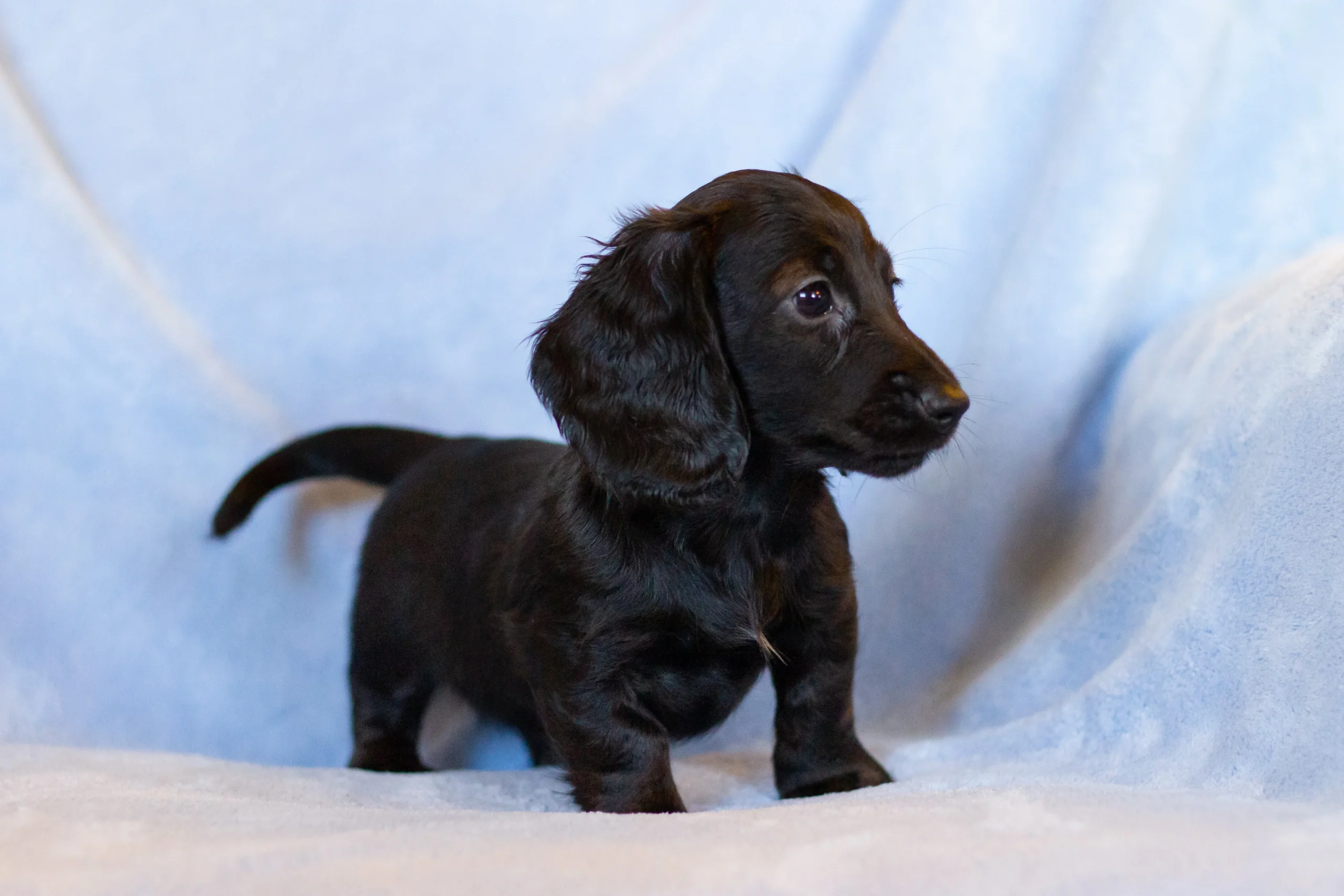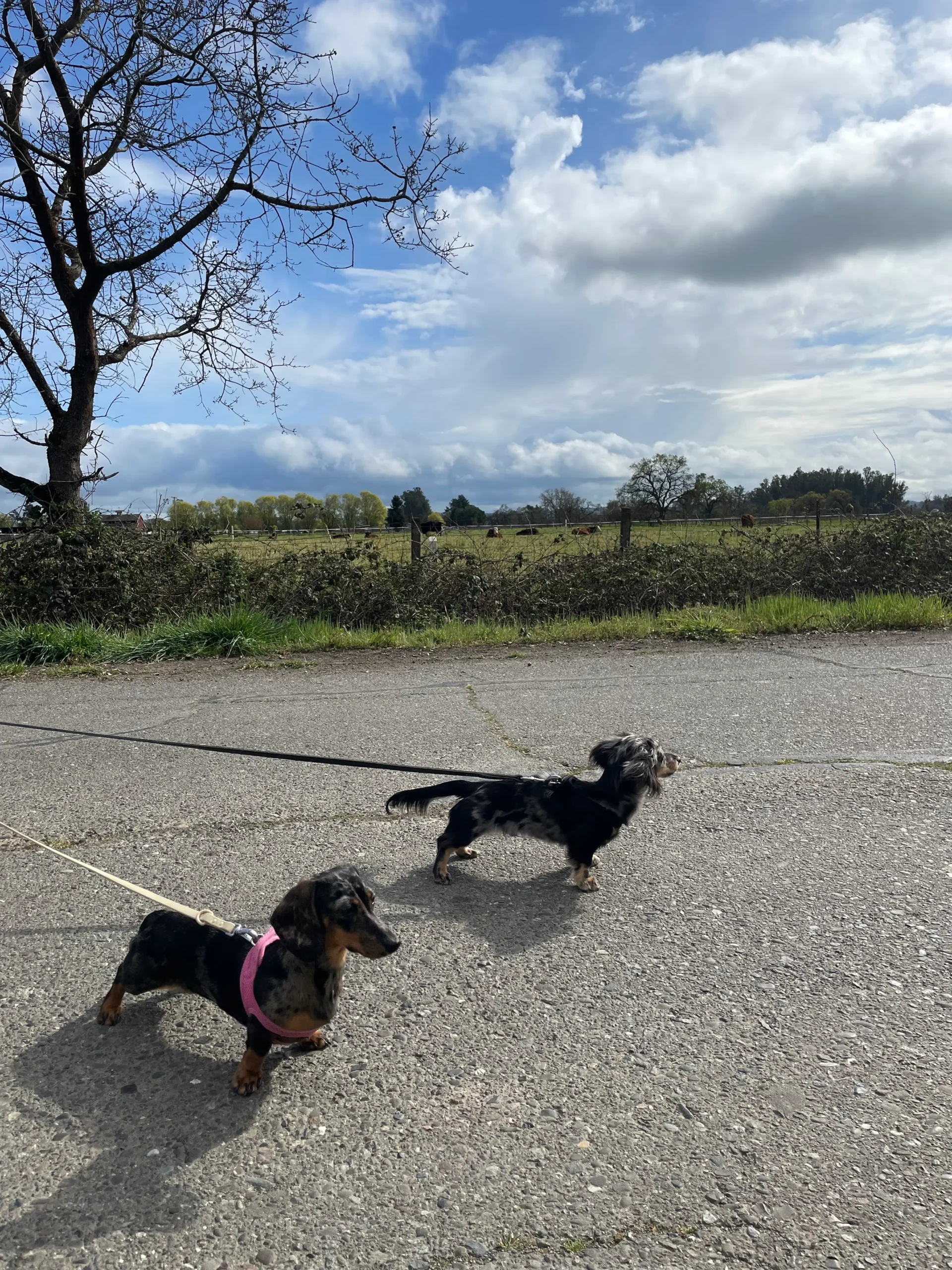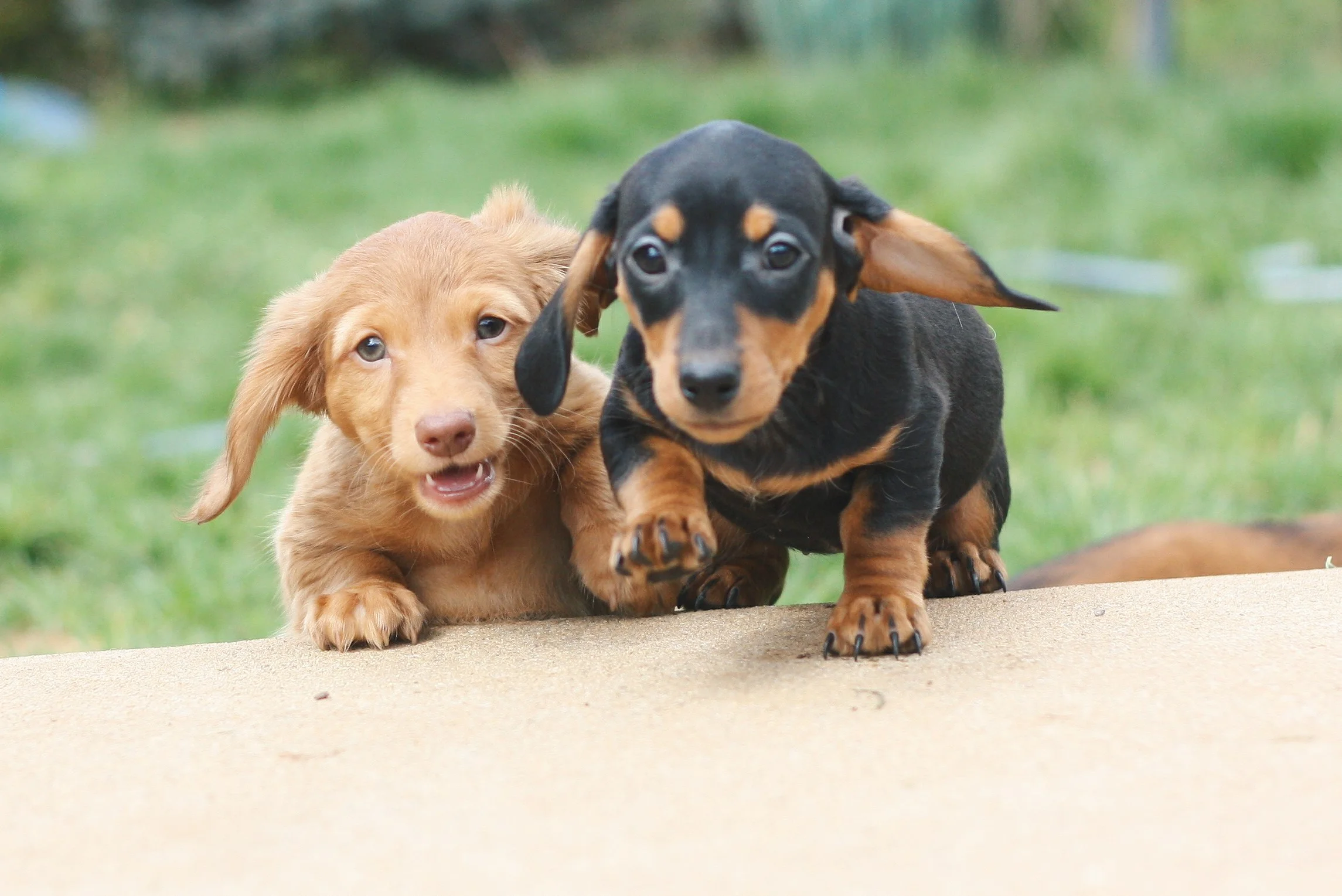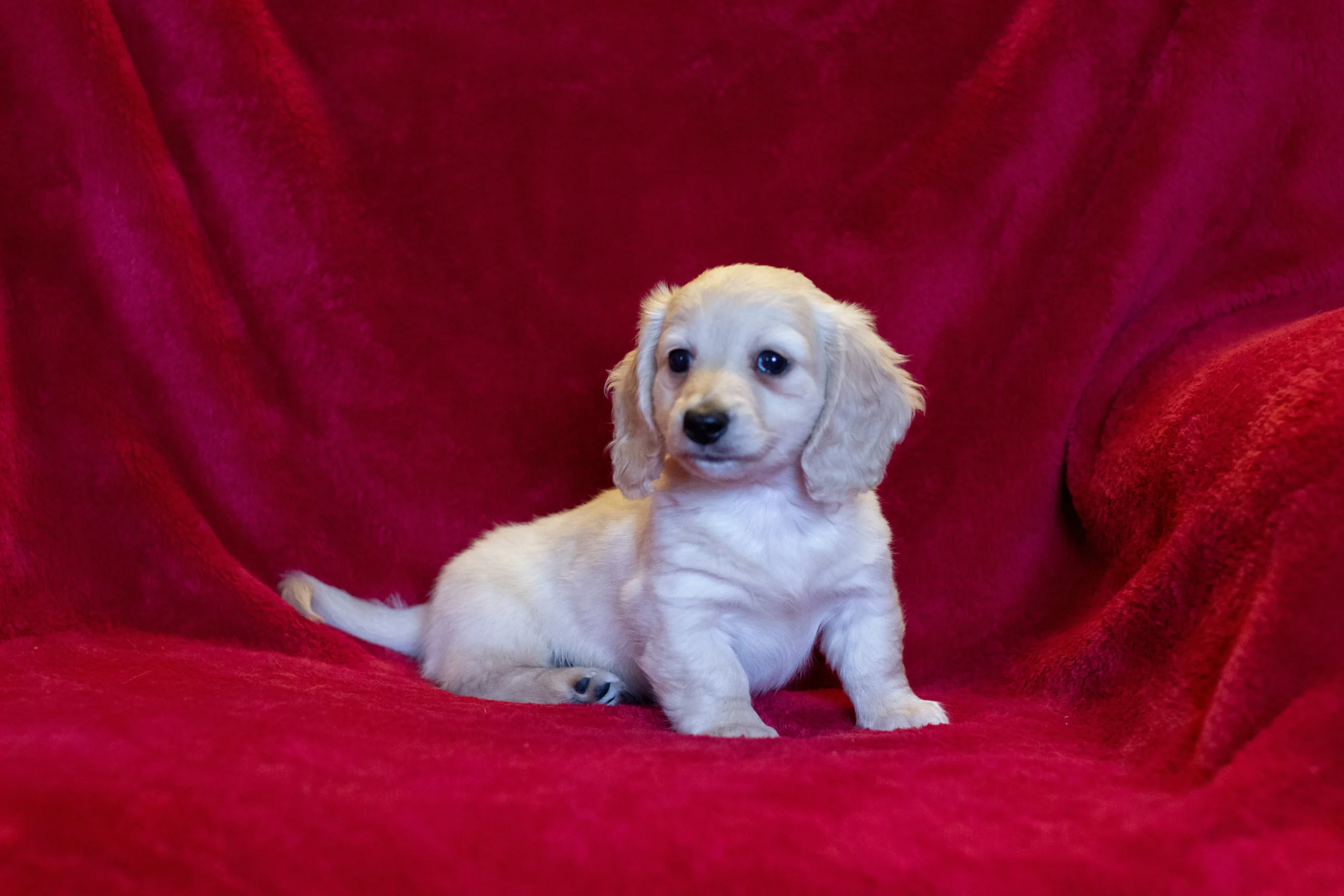Congratulations on welcoming a miniature dachshund puppy into your family! These small yet spirited pups are known for their big personalities, loyalty, and affectionate nature. As a new dachshund owner, you might be wondering how long it’s safe or appropriate to leave your furry friend by themselves. Below, we’ll explore a few key considerations to keep your puppy happy, healthy, and comfortable when you can’t be around.
Why Miniature Dachshunds Crave Company
Despite their small size, miniature dachshunds have large hearts and a strong need for human companionship. Originally bred for hunting in small packs, dachshunds are social creatures that bond closely with their families. Leaving a miniature dachshund puppy alone for long stretches can lead to:
- Separation Anxiety: Dachshunds are prone to separation anxiety, which can result in whining, barking, or destructive behavior.
- Boredom: These pups are playful and intelligent. Without stimulation, they can become bored and act out.
- Loneliness: Puppies thrive on social interaction. A sense of isolation can impact their emotional well-being.
Understanding that your dachshund puppy yearns for interaction is the first step in planning how much alone time they can handle.
How Long is Too Long?
A general rule of thumb for young puppies is that they can hold their bladder for about one hour per month of age. So, if your dachshund puppy is two months old, they can typically only last about two hours without a bathroom break. Leaving them alone for longer can lead to accidents, discomfort, and stress.
By six months, many puppies can handle around 4 hours on their own, but individual differences apply. Since dachshunds are especially prone to separation anxiety, you may need to start with shorter intervals and gradually work your way up.
Key points to remember:
- 2–4 months old: Ideally no more than 2 hours at a stretch.
- 4–6 months old: Around 3–4 hours, gradually building up.
- 6 months and older: Up to 4–6 hours, if trained properly and given frequent breaks.
Tips for Leaving Your Dachshund Puppy Alone
- Create a Comfortable Space
Give your puppy a cozy, safe zone—like a crate or a small playpen filled with soft bedding. This “den” should have toys and maybe a piece of your clothing with your scent to offer comfort. - Provide Mental Stimulation
Interactive toys, puzzles, and treat-dispensing gadgets can help keep your dachshund puppy entertained while you’re gone. Mental stimulation goes a long way in preventing boredom and destructive behavior. - Establish a Routine
Consistency in meal times, play sessions, and potty breaks helps your puppy feel secure. A well-established schedule also lets your pup know what to expect each day, reducing anxiety. - Practice Short Absences First
Start by leaving for very short intervals—like a quick trip to the mailbox—so your dachshund learns you always come back. Gradually increase the time you’re away to build confidence. - Hire a Pet Sitter or Ask a Friend
If you have a busy schedule or need to be out for more than a couple of hours, consider hiring a pet sitter or asking a friend or neighbor to check in. Extra company can help keep your puppy calm and break up long stretches of alone time. - Positive Reinforcement
Reward your dachshund puppy with praise or treats when they handle alone time calmly. This helps them form a positive association with being on their own.
Balancing Work and Puppy Care
Many new dachshund owners worry about balancing work obligations with puppy care. If your job requires you to be away for an extended period, try these approaches:
- Flexible Work Arrangements: Ask if you can work from home occasionally or adjust your hours to align with your puppy’s needs.
- Doggy Daycare: Enrolling your pup in a reputable doggy daycare can provide daily socialization and supervision.
- Neighbors & Family: Even a short visit from a friend or family member during the day can break up your puppy’s alone time and give them a needed potty break.
Final Thoughts
Leaving your miniature dachshund puppy alone can be challenging both for you and your new best friend. By gradually building up their independence, providing them with a safe and cozy space, and offering plenty of mental stimulation, you can help ease separation anxiety and keep your pup happy and healthy. Remember, every dachshund is unique—pay attention to your puppy’s body language and behavior to find the balance that works best for both of you. With patience and consistency, you’ll set the foundation for a confident, well-adjusted furry companion for years to come!



